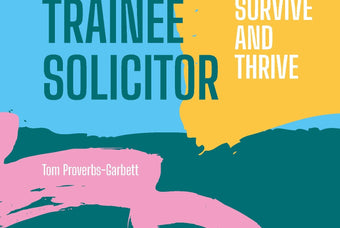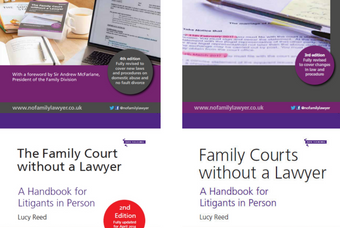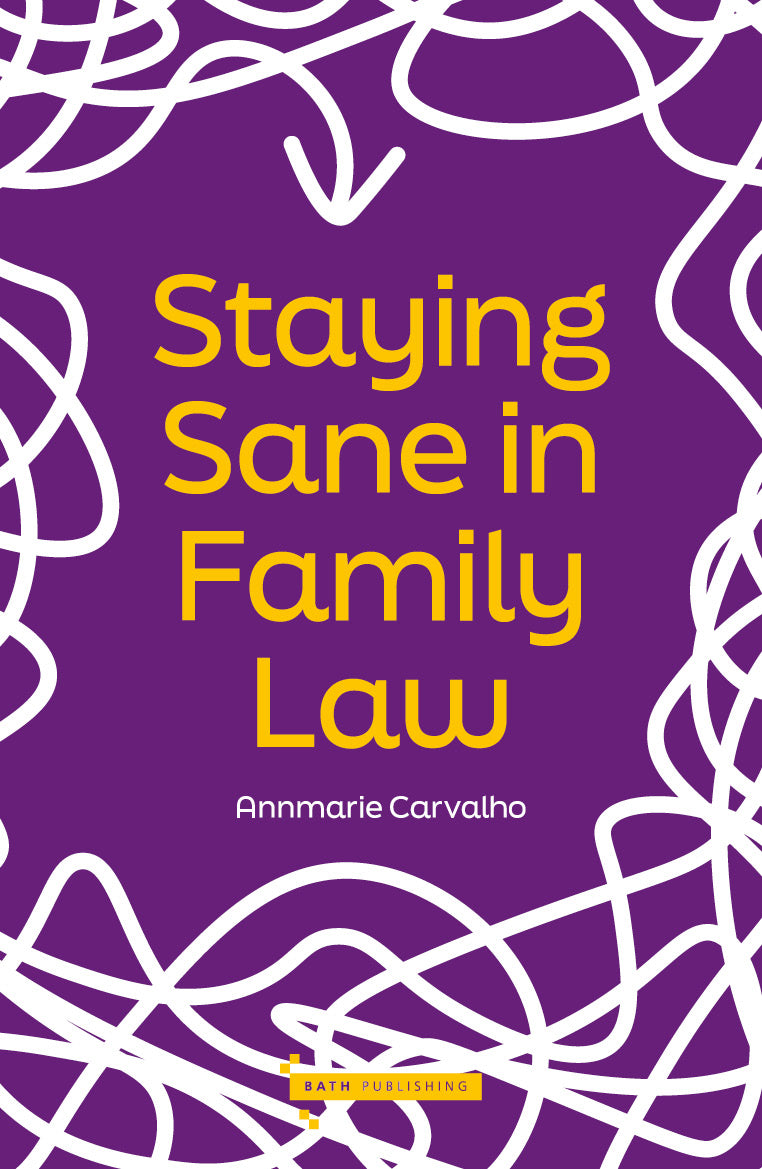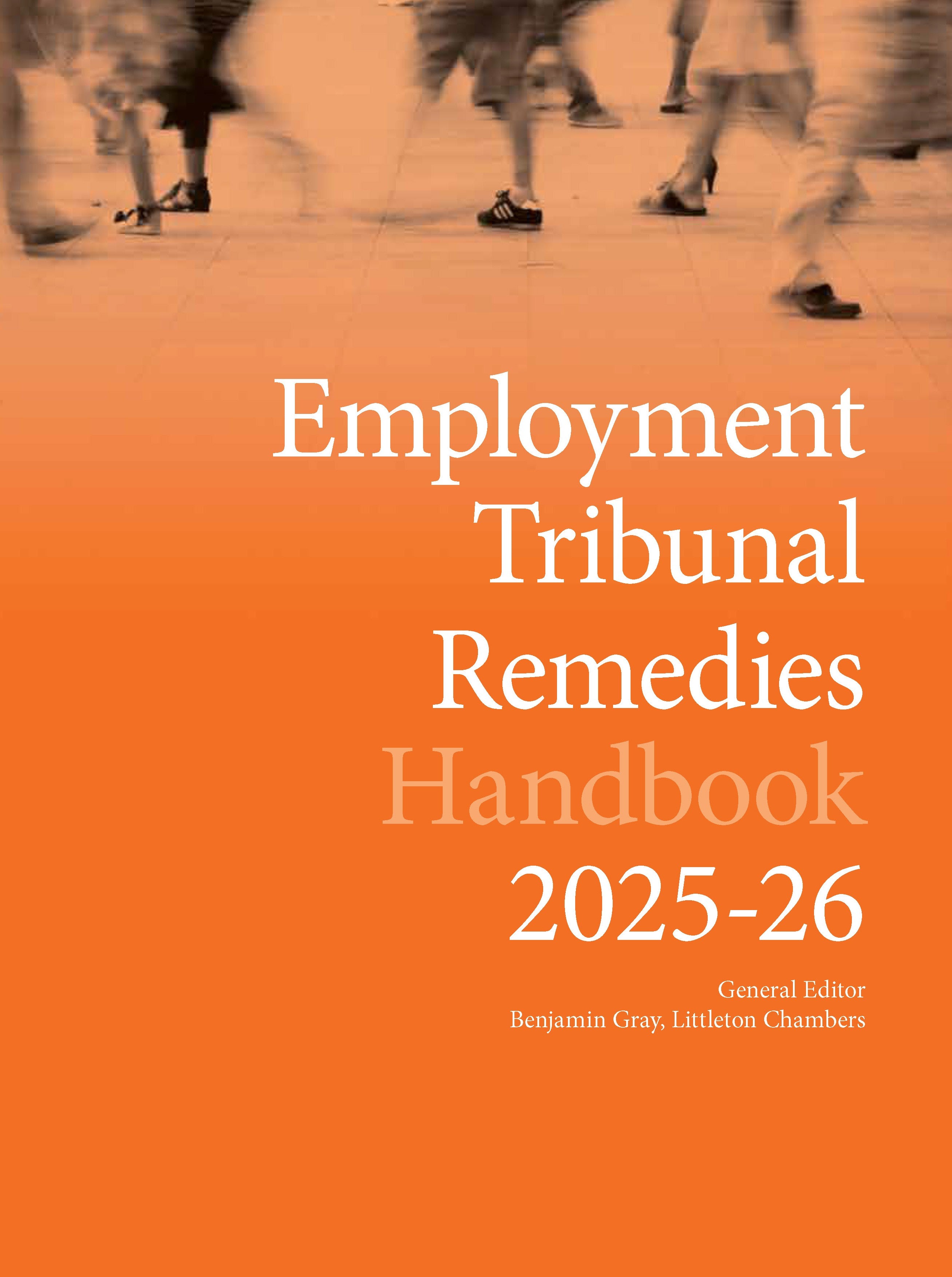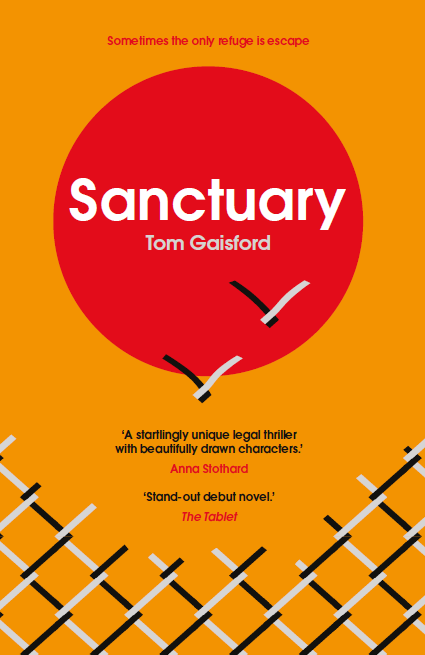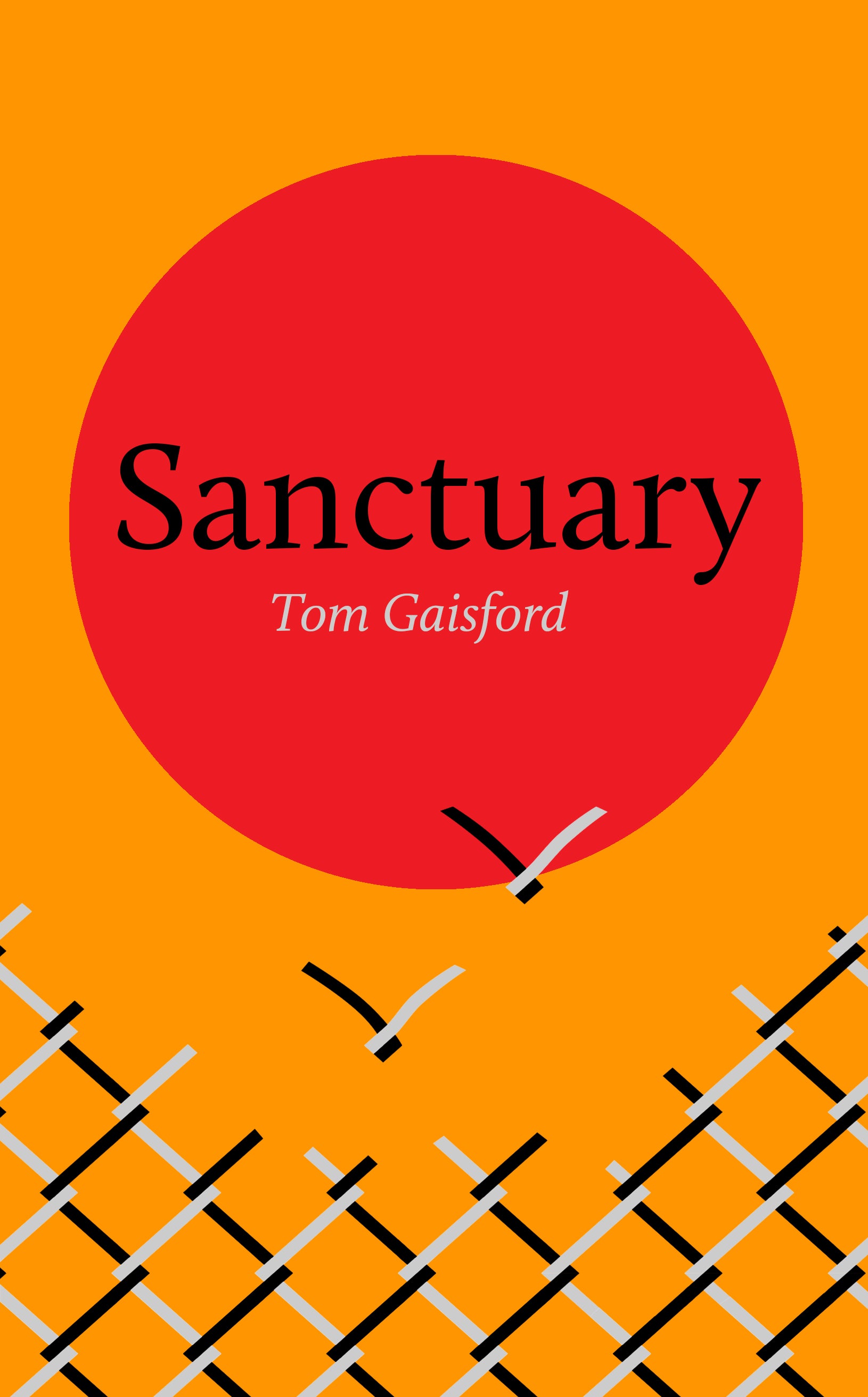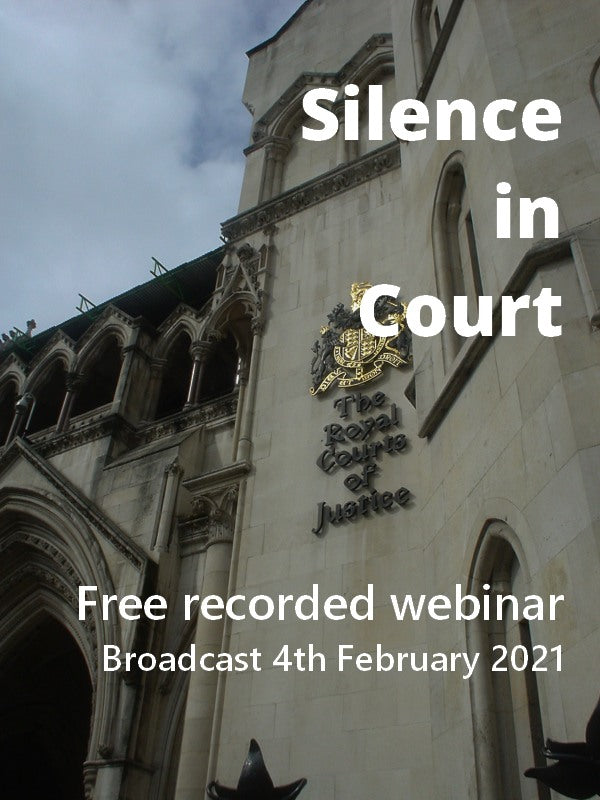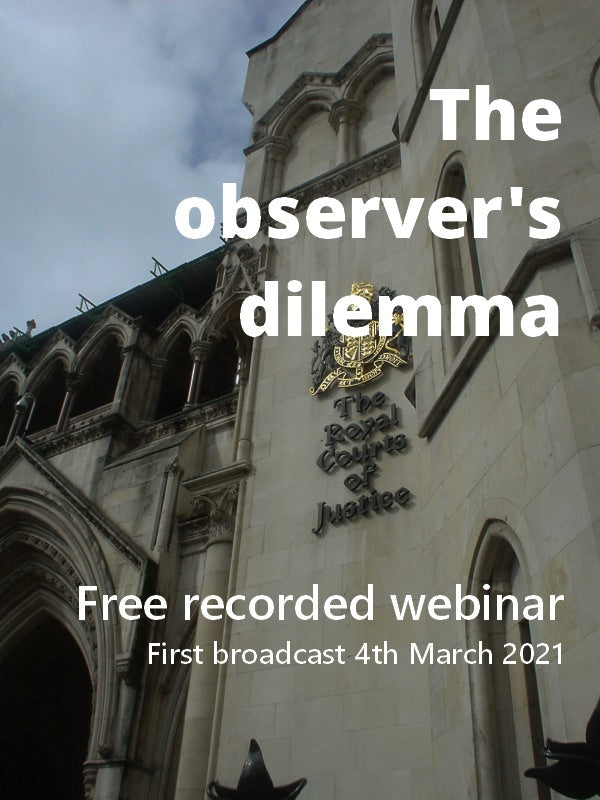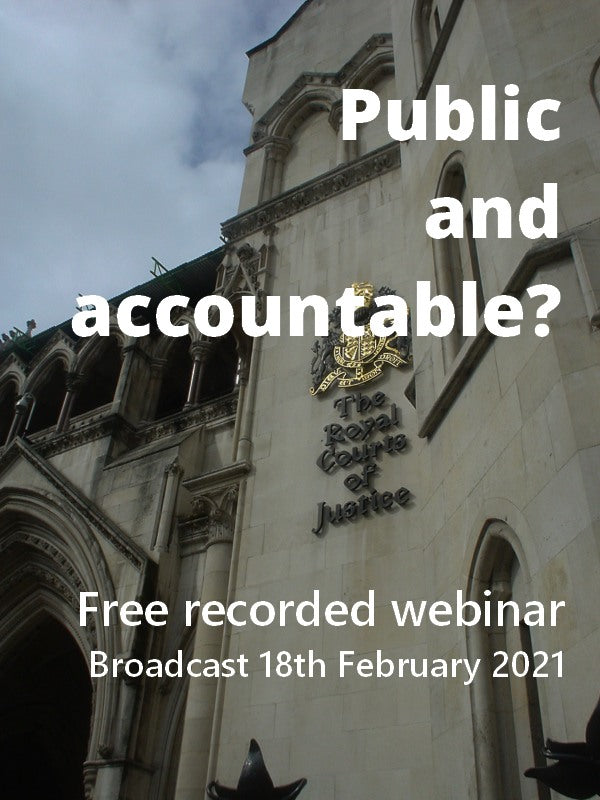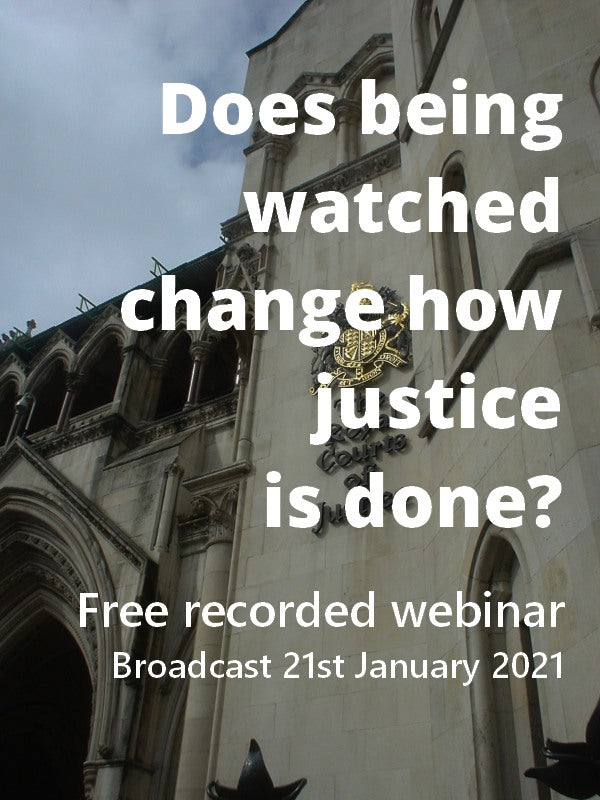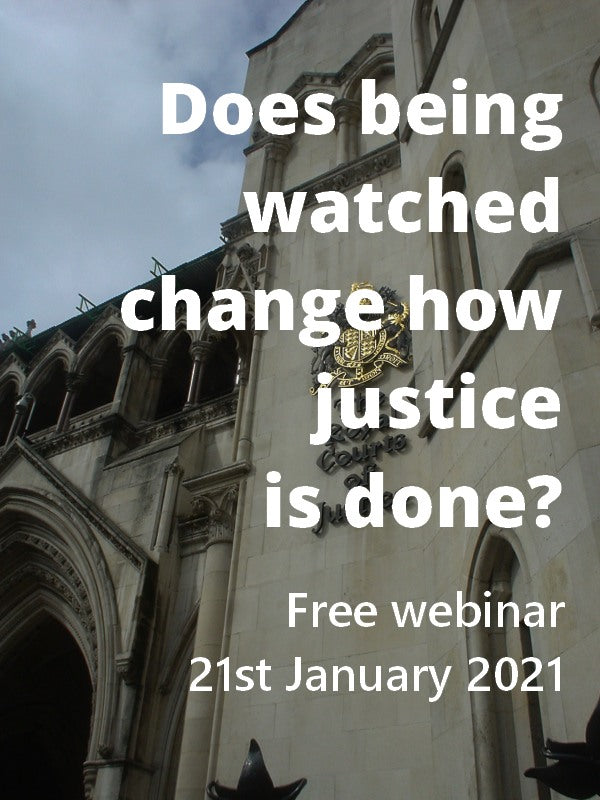This blog post is one of a series of extracts from Insolvency Law Made Clear: A Guide for Debtors, the plain English, practical guidance for anyone facing demands over a debt they are struggling to pay.
-------------
Some debtors may wish to go bankrupt for the advantages it brings. Others have an alternative to bankruptcy, for example if the creditors prefer to settle the claim out of court or if they qualify for a niche alternative. Creditors may prefer to settle the bankruptcy claim out of court, frequently because they prefer a smaller sum now to an uncertain sum in the future. Nothing stops a debtor informally agreeing with a creditor to pay less debt, or to have more time to pay. However, the Insolvency Act creates certain structures which can be helpful to give a debtor an alternative to bankruptcy. This chapter discusses these alternatives.
1.1 Individual Voluntary Arrangements
An important alternative to bankruptcy is an ‘Individual Voluntary Arrangement’ (IVA). An IVA is a type of contract between the debtor and their creditors. If an IVA is passed it binds all known creditors who were entitled to vote in the arrangement, or would have been if they had notice of it. This includes creditors who voted against the arrangement.
WHO IS BOUND BY AN IVA?
An IVA binds all creditors, except:
- Certain family support orders
- Student loans
- Magistrates’ fines
- Loans which are secured, e.g. mortgages
An IVA will bind ‘contingent’ and future creditors, i.e. those whose debts are not currently owed but might be. An example of a future creditor is where a purchaser buys an item and agrees to pay for it in future monthly instalments. A contingent creditor is where the debt depends on an external event, for example if someone is being sued – the potential damages which the court might award is a contingent debt. An IVA does not bind contingent creditors if the debt is wholly prospective, i.e. too unlikely to arise.
Since an IVA binds future creditors, those creditors are likely to take steps to minimise their exposure to the debtor. For example, an individual might be tied into a gym membership for 24 months, and so, in theory, the gym is a future creditor for 24 months’ worth of monthly fees. However, the gym is more likely to end the contract and will participate in the IVA only to the extent of the historic unpaid amount.
Typically IVAs are agreements where the creditors agree to receive a smaller sum, and the debtor agrees to pay the creditors the money they are owed. An IVA could include a commitment to sell specific property, or for a connected party like a family member to pay money into the IVA, on the condition that the creditors accept a smaller sum. An authorised professional (a qualified Insolvency Practitioner) supervises the debtor’s implementation and compliance with the terms of the IVA.
There are many private providers of IVAs. Some debt charities such as StepChange will also organise an IVA. Insolvency Service statistics show that the most popular provider of IVAs in 2019 was Creditfix, followed by Hanover Insolvency. Providers advertise the ability to write off large proportions of debt. IVA providers will be able to deliver on this promise – but only if the creditors agree.
------------------
To read more buy the book here.



